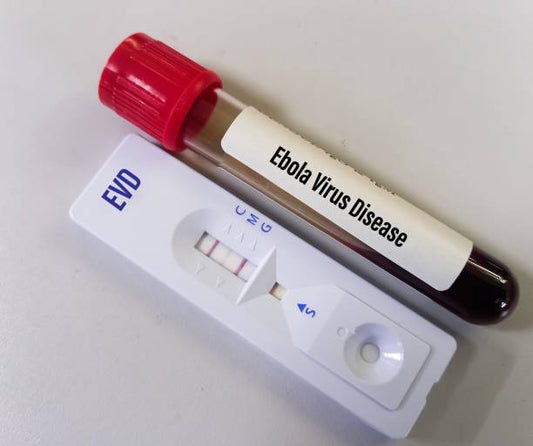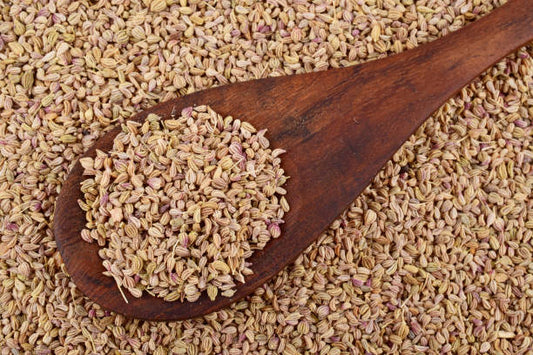What is Melasma?
Melasma is a common skin condition that causes dark, discolored patches to appear on the face. It is estimated that up to 6 million Americans suffer from melasma, primarily women. Although melasma is not a serious health threat, it can be upsetting and embarrassing to those who have it.
Causes of Melasma
Melasma is a common skin condition that causes brown to gray-brown patches, usually on the face. It's also known as chloasma, or “the mask of pregnancy,” when it occurs in pregnant women. In this blog, we’ll discuss the causes of melasma and potential treatments.
Melasma is caused by a combination of environmental and hormonal factors. Sun exposure is one of the most common causes of melasma. Ultraviolet (UV) rays from the sun triggers an increase in melanin production, which can result in melasma. Hormonal changes, such as those that occur during pregnancy, can also cause an increase in melanin production, leading to melasma. Other factors that can contribute to melasma include certain medication, such as birth control pills, and genetics.
Melasma is a common skin condition that results in dark, discolored patches on the face. It is most commonly seen in women and is often triggered by sun exposure and hormonal changes. If left untreated, melasma can cause emotional distress and distress due to its visible nature.
Symptoms of Melasma
The most common symptom of melasma is dark, discolored patches on the face. These patches may be symmetrical, showing up on both sides of the face. They are usually found on the forehead, cheeks, nose, and upper lip, but can also appear on the chin and neck.
Other symptoms of melasma include:
• Darkening of the skin in the affected areas
• Patches of discolored skin that are darker than the surrounding skin
• Patches of discolored skin that are lighter than the surrounding skin
• Itching or burning sensation in the affected areas
• Skin dryness in the affected areas
Melasma Treatment
Melasma is a chronic condition that has no cure. However, there are treatments that can help reduce the appearance of melasma and improve the complexion of the skin.
The most common treatments for melasma are topical creams and lotions that contain ingredients such as hydroquinone, corticosteroids, and retinoids. These creams and lotions can help lighten dark patches and even out skin tone. Laser treatments are also available to treat melasma and are becoming increasingly popular.
It is important to speak with a dermatologist to determine the best treatment plan for your particular case of melasma. With proper treatment, melasma can be managed and the appearance of the skin can be improved.
At-Home Care for Melasma
In addition to professional treatments, there are several at-home care tips to help reduce the appearance of melasma and improve the complexion of the skin.
• Wear sunscreen: Sun exposure can worsen melasma, so it is important to wear sunscreen every day, even on cloudy days.
• Avoid harsh skin products: Products that contain harsh ingredients such as alcohol, fragrances, and retinoids can irritate the skin and worsen melasma.
• Stay hydrated: Drinking plenty of water can help keep the skin hydrated and improve its overall appearance.
• Use mineral makeup: Mineral makeup is less likely to irritate the skin and can help cover up discolored patches.
Conclusion
Melasma is a common skin condition that causes dark, discolored patches on the face. It is most often seen in women and can cause emotional distress due to its visible nature. While there is no cure for melasma, there are treatments available that can help reduce the appearance of melasma and improve the complexion of the skin. Additionally, at-home care such as wearing sunscreen and avoiding harsh skin products can help manage melasma.
If you are experiencing symptoms of melasma, it is important to speak with a dermatologist to determine the best treatment plan for your particular case. With proper treatment, melasma can be managed and the appearance of the skin can be improved.












